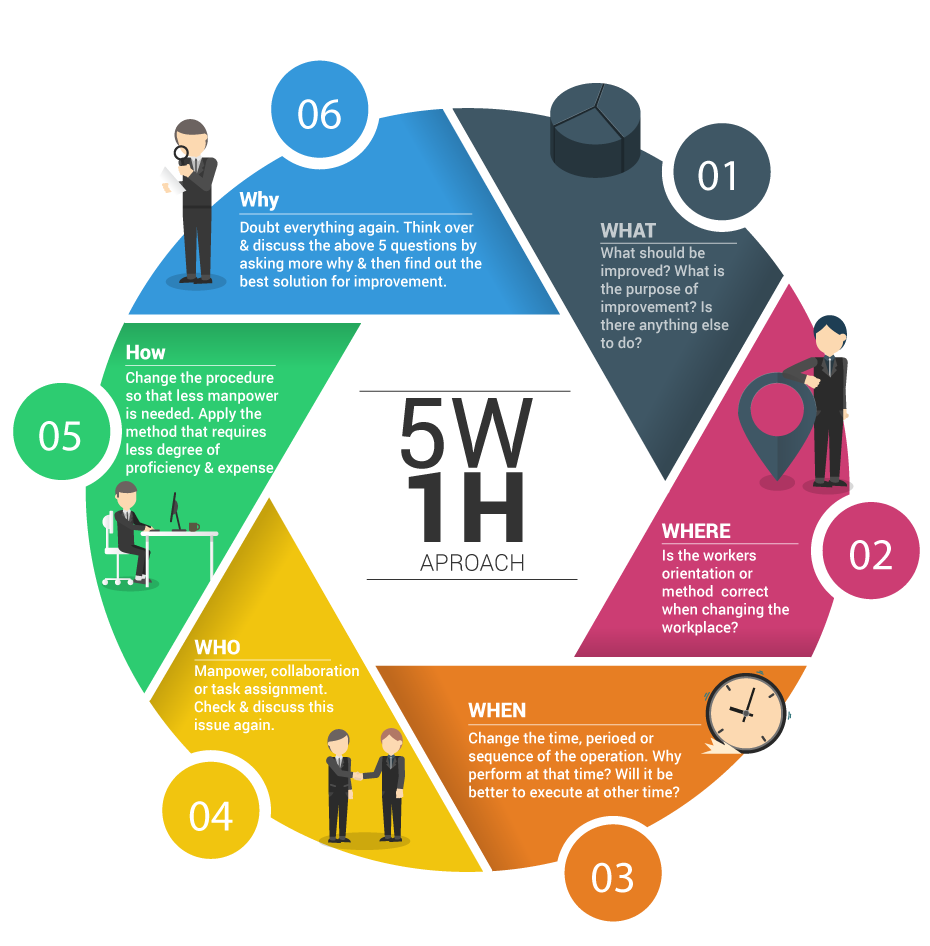Integrating Your Business System with Existing Technology Infrastructure
In today's digital-first business atmosphere, agencies rely on a number of engineering programs to handle their operations. However, when adopting a fresh business system (affärssystem), the true challenge lies not merely in selecting the right solution but also in efficiently developing it together with your active engineering infrastructure. Appropriate integration assures that information runs seamlessly across platforms, reducing disruption and maximizing the worthiness of one's investment.
One of the major goals of integration is to remove silos within your company systems. Many companies battle with disparate techniques that do not communicate together, leading to inefficiencies and knowledge inconsistencies. By establishing your new company system with existing software—whether it's for accounting, client connection management, or inventory management—you build a single environment wherever data is obtainable across the board. This smooth connection helps in increasing detailed performance and accuracy, ensuring all sections have use of probably the most up-to-date information. A crucial part of successful integration is knowledge the compatibility of your present techniques with the brand new company solution. It's important to evaluate the present computer software structure and identify any possible breaks or challenges that may arise all through integration. For instance, older techniques may lack the mandatory APIs or knowledge change functions needed for easy integration. In such cases, organizations may need to invest in middleware or knowledge connections to link these gaps and guarantee easy communication. Furthermore, cloud-based business techniques could possibly offer substantial benefits in integration. Cloud programs tend to be made with interoperability in your mind, making it simpler to get in touch with existing on-premises or cloud-based tools. That mobility allows businesses to scale their procedures without wanting a whole change of these technology infrastructure. Cloud answers offer the advantage of real-time upgrades and knowledge accessibility from anywhere, which can be important as firms become increasingly global and remote-work friendly. Yet another crucial concern is worker training. When adding a new program, personnel have to be designed with the skills to use both the new organization system and the incorporated tools effectively. Providing detailed instruction guarantees that the integration process is smooth, and personnel may use the process effectively from time one.

To conclude, establishing a new business system with present engineering infrastructure is a crucial method for organizations seeking functional efficiency. By ensuring compatibility, leveraging cloud features, and investing in employee instruction, companies can improve their procedures and open the entire possible of these engineering investments. That integration will ultimately help companies to keep agile, improve decision-making, and drive long-term success.